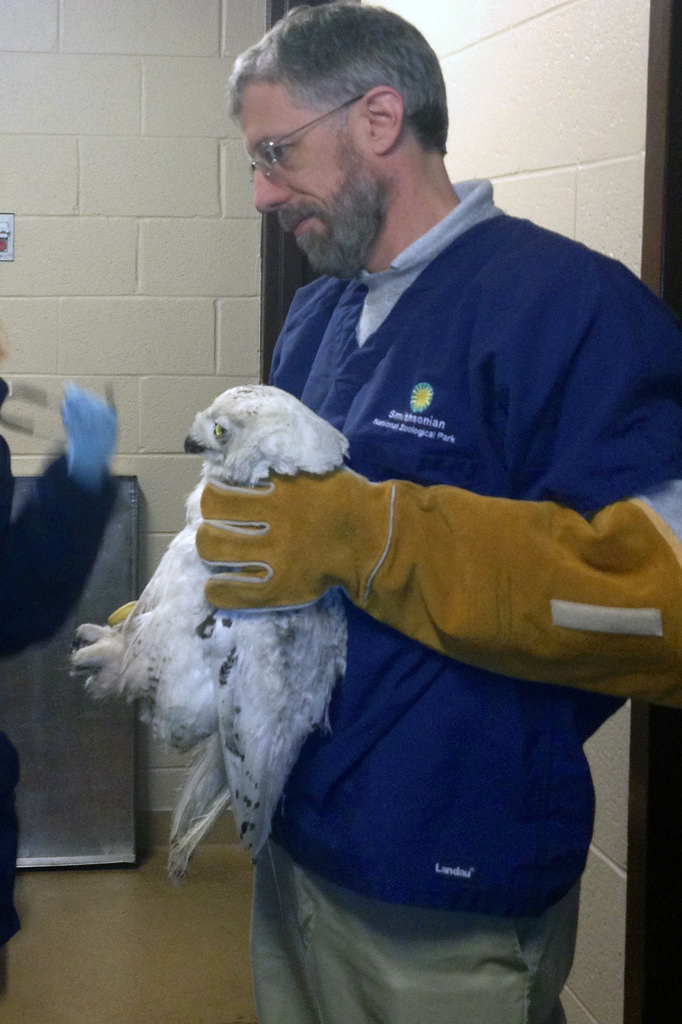Snowy Owl Hit By Bus in Washington


A snowy owl that's become somewhat of a local celebrity in Washington, D.C., was hit by a bus today (Jan. 30), but survived.
Police brought the intrepid Arctic bird to the Smithsonian's National Zoo (home of the city's other favorite animal, the panda cub Bao Bao). The owl was "responsive but subdued," and though it had no obvious injuries, there was blood on the bird's fluffy white coat, zoo officials said.
"Upon further examination, blood was found in the mouth which is consistent with suspected head trauma," the caretakers said in a statement. They've given the owl (which they think is female) some pain medication and will keep her for x-rays to make sure she doesn't have any internal injuries before eventually releasing her.
The owl had been awing onlookers in the capital's downtown area since last week, according to The Washington Post. Though the creatures are bred and born in the Arctic tundra, they occasionally migrate south. Some bird experts have said more snowy owls have invaded the eastern United States this winter than at any time in at least 50 years. While the reason is unclear, the big migration could be a response to a baby boom or a crash in the population of lemmings, which snowy owls eat.
The white owls have gotten themselves in trouble in other East Coast cities this winter. After a snowy owl got sucked into a jet engine at New York's John F. Kennedy International Airport, Port Authority officials last month decided to shoot the birds to protect flights. (If you're wondering why, just look to the "Miracle on the Hudson" accident.) The agency later reversed its policy after some public outcry and opted to trap and release the owls instead.
Follow Megan Gannon on Twitter and Google+. Follow us @livescience, Facebook & Google+.
Get the world’s most fascinating discoveries delivered straight to your inbox.



